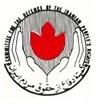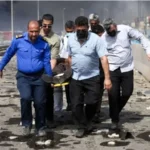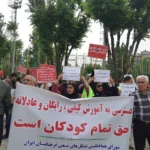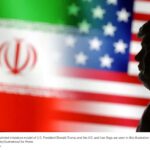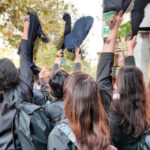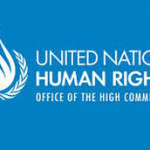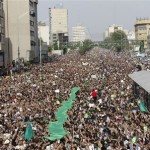
While the mainstream media has been quick to sing the praises of former Iranian president, Akbar Hashemi Rafsanjani, who died on Sunday, those involved in the long struggle for human rights and democracy in Iran are far from convinced of his reformist credentials. Jane Green assesses the influence of one of the key figures of the Iranian theocratic state.
As a leading figure in the Iranian clergy, Rafsanjani was a key figure in the suppression of the opposition over many years in the Islamic Republic of Iran. Any attempt to suggest otherwise is a mere glossing over of the facts of his time in office as president from 1989-97, and his wider influence upon the shaping of the policies and practices of the Islamic Republic.
Prior to his election as president, Rafsanjani had acted as the commander-in-chief of the Iranian armed forces during the brutal Iran-Iraq War of 1980-1988 which wreaked havoc and devastation upon both countries and resulted in over one million dead.
As Speaker of the Iranian Parliament from 1980-1989 Rafsanjani played a key role in the selection of Ali Khamenei as Supreme Leader, ensuring that the reactionary theocracy in Iran was consolidated, over and above the original national democratic aims of the popular 1979 revolution. This period not only saw the fratricidal war with Iraq but the widespread arrest, torture and execution of leading activists in the uprising against the Shah, who advocated fundamental economic and social reforms and were not prepared to submit to the rule of the clergy. As the strong-man of the regime, Rafsanjani bore a large measure of responsibility for the mass execution in the summer of 1988 of more than 5000 political prisoners.
The regime suppressed all effective political opposition, forced trade unions organisation underground and presided over a return to medieval values with regard to the rights of women, education and other social issues. Many activists were forced to flee the country on pain of imprisonment or execution and many of those who stayed were arrested and subjected to a wave of forced confessions and show trials.
Even those who did manage to find refuge beyond Iran’s borders were not safe, with the assassination of political leaders in exile taking place across Europe during Rafsanjani’s presidency. During this period a number of leading opposition figures were assassinated in Paris, Vienna and Berlin and other cities. His Minister of Intelligence, Fallahian, was indicted by the German courts for the assassination of leaders of the Kurdish Democratic Party of Iran in a restaurant in Berlin in 1992.
Having reduced the economy to rubble as a result of the Iran-Iraq War, on assuming the presidency Rafsanjani turned to the World Bank and IMF, in order to secure the means to try and rebuild a shattered infrastructure. As with any World Bank or IMF deal there were strings attached, such as liberalising foreign trade, privatising key sectors of the economy and further suppressing the wages and working conditions of the Iranian people. One of his most damaging acts was to amend the labour law and introduce the concept of temporary contracts with no rights guaranteed.
Spurred on by the big business interests he represented, being himself a major landowner and large-scale cultivator and exporter of pistachio nuts with an estimated amassed personal fortune of 1 billion dollars, Rafsanjani embarked upon the task of making friends abroad. Combined with the need to soften the effects of the economic crisis, Rafsanjani attempted to portray himself as a pragmatic statesman with a pragmatic foreign policy.
However, while peddling a softer image for overseas consumption, Rafsanjani continued to give a free hand to the most vicious groups inside Iran, encouraging the persecution of women resisting demands to wear the traditional ‘Hijab’ (head covering), or attacking demonstrators in Tehran, Shiraz, Tabriz, and Mashad protesting at food shortages and profiteering. In 1995 he deployed helicopter gunships to suppress a three-day uprising of the poor in the working class town of Islamshahr.
Many media reports have been keen to overlook the brutality of the early years of the Islamic Republic, of which Rafsanjani was a key architect, in favour of the so-called reformist of later years, opposed to the hard-line stance of Ali Khamenei and supportive of Hassan Rouhani’s presidency.
Such distinctions in Iranian politics do not carry the same overtones as elsewhere.
Since the early 2000’s Rafsanjani had developed important differences with Khamenei and the regime’s fundamentalist and hard-line faction on the direction of the economy, foreign policy and how to treat the loyal (Islamic) opposition. Rafsanjani was pro-Rouhani while Khamenei and the fundamentalist faction favoured the style of governing the country employed during the Ahmadinejad era.
However, despite the Western media promoting Rafsanjani as the moderate voice of the regime, he was a pro free market neoliberal who throughout his own reign ruled with an iron fist. He was most certainly not a reformer, as starkly illustrated by his treatment of protesters during his presidency. He was consistent only in his refusal to support any fundamental reforms and in his continual support and loyalty to the tenets of the regime.
There is much evidence from inside Iran to suggest that Rafsanjani held many dark secrets about key chapters in the history of the regime. Had they ever seen the light of day, these would have caused immense damage. Khamenei and the regime have breathed a sigh of relief that these secrets appear to have gone to the grave with Rafsanjani. Hence, Khamenei has gone out of his way to accommodate and appease the Rafsanjani clan following his death. The funeral, the subsequent three days national mourning and his burial in Khomeini’s mausoleum are all evidence of this.
There were hundreds of thousands participating in the funeral procession in the streets of central Tehran. However, there are many reports that during the procession, a large section of the mourners were chanting slogans demanding change and freedom for political prisoners.
Chants were heard calling for reforms and expressing support for Mohammad Khatami (the former pro-reform president, 1997- 2005) and Mousavi, the main opposition candidate in the stolen presidential election of 2009, who has since been kept under house arrest and incommunicado.
In effect, the opposition found the funeral to be a ready-made opportunity to raise its slogans and make demands openly in the streets of Tehran, knowing that the regime’s hands were tied and that it was not able to openly employ the usual repressive measures. In essence, the spirit of the 2009 Green Movement and unrest was shown to be very much alive.
While Rafsanjani was not in any formal office in recent years he still played a key role. He acted as the standard bearer and champion of the forces who favoured economic liberalisation and the strengthening of the private sector’s role in the Iranian economy. He championed the normalisation of Iran’s diplomatic relations with the US. He was a close ally of the current president of Iran, Hassan Rouhani.
True to his legacy, Rafsanjani never showed remorse for his role in suppressing democracy and human rights in Iran. He showed no regret at having been instrumental in establishing a theocratic dictatorship, which continues to oppress its people and deny their basic rights.
Friend of big business, friend of the Islamic dictatorship but no friend of the Iranian people; few tears will be shed for the passing of Akbar Hashemi Rafsanjani by the ordinary people of Iran.

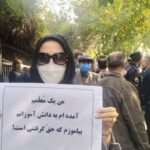
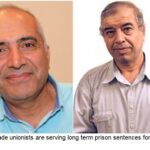
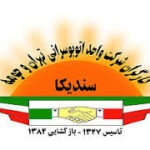

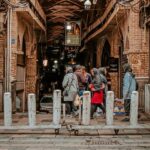
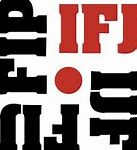


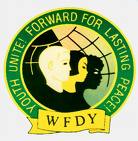
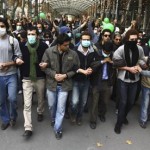
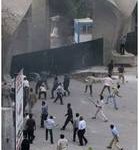
 Posted in
Posted in 

